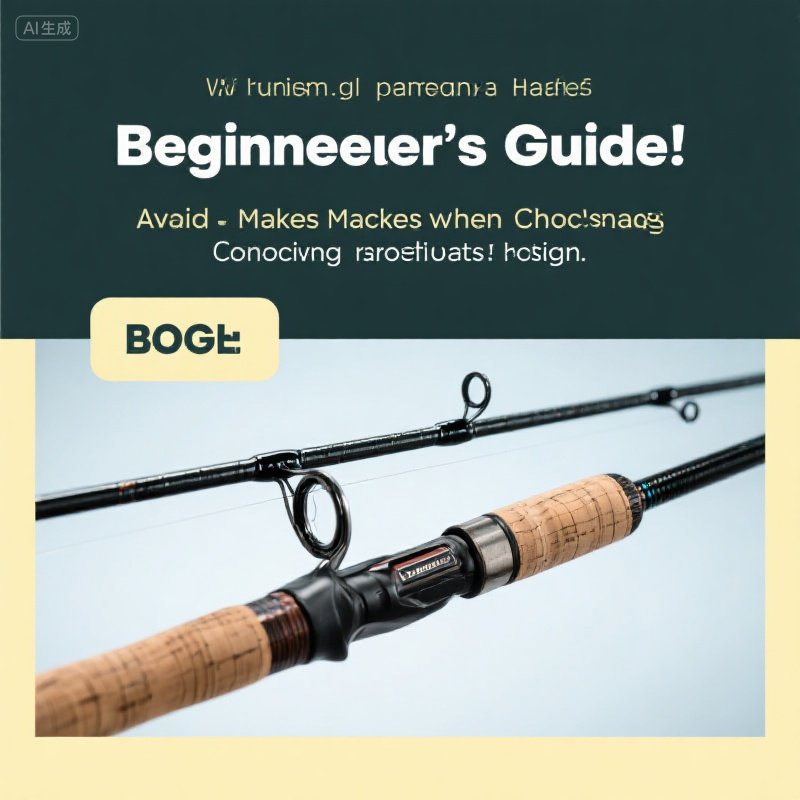Beginner’s Guide: Avoid Mistakes When Choosing a Conventional Rod
Selecting the right conventional rod is a critical step for any beginner angler, whether you’re targeting surf, pier, or offshore species. With so many options on the market—including Okuma conventional reels, conventional surf casting reels, and shimano Terez conventional rods—it’s easy to make costly mistakes. In this guide, we’ll break down the top errors to avoid, ensuring you choose a rod that matches your fishing style, target species, and skill level.
1. Misunderstanding the Rod Type: Surf Casting vs. Offshore Conventional Rods
One of the most common mistakes beginners make is confusing conventional surf casting reels with other conventional rod types. While all conventional rods are designed for heavy-duty fishing, surf fishing conventional reels and conventional surf casting reels are built specifically for casting in open water, waves, or long distances. These rods typically feature longer lengths (10–14 feet), heavier power ratings, and reinforced tips to handle powerful waves and large lures.
On the flip side, conventional rods for offshore fishing (e.g., trolling for marlin or tuna) prioritize sensitivity and backbone, with shorter lengths (6–8 feet) and faster actions to detect subtle strikes. If you’re eyeing a shimano Terez conventional rod, research its model specs to confirm if it’s suited for surf casting or deep-sea adventures—mismatching the rod to your fishing environment leads to poor performance and frustration.
2. Overlooking Rod Length, Power, and Action
A conventional rod and reel combo is only as strong as its weakest link. Before choosing a rod, ask yourself:
- Length: Shorter rods (6–7 feet) offer better control for inshore or pier fishing, while longer rods (10+ feet) excel at surf casting to cover more water.
- Power: Rated as light, medium, heavy, or extra-heavy, power determines the rod’s ability to handle line weight and fish size. A heavy-power rod paired with ultra-light line will snap under pressure.
- Action: Fast-action rods bend primarily at the tip (ideal for finesse techniques), while slow-action rods flex along the entire length (better for bait fishing).
For example, if you’re using a conventional reel for surf fishing, pair it with a 12-foot heavy-power rod with a moderate action to balance casting distance and fish-fighting strength. Ignoring these specs risks wasting money on a rod that can’t perform in your target scenario.
3. Choosing the Wrong Reel Brand or Model (e.g., Okuma vs. Shimano Terez)
Brands like Okuma and Shimano Terez offer distinct advantages, but not all models are created equal. Okuma conventional reels are known for durability and affordability, often featuring corrosion-resistant designs for saltwater use. Shimano Terez rods, meanwhile, are praised for lightweight construction and precision engineering, making them a top pick for serious anglers.
However, a high-end reel won’t compensate for a low-quality rod, and vice versa. Research customer reviews, check warranty terms, and ensure the reel’s drag system, gear ratio, and line capacity align with your rod’s specs. For instance, a conventional surf casting reel should have a robust drag to handle surf-zone battles, while an offshore conventional reel needs a high gear ratio for quick retrieval.
4. Skipping the “Test Cast” or Ignoring Compatibility
Never buy a conventional rod without testing it—either at a store or through trusted angler feedback. A rod that feels too heavy in-store might tire you out after hours of fishing, while a poorly balanced rod can strain your wrists. Additionally, confirm compatibility between your rod and reel: does the reel seat fit securely? Does the handle length match your grip comfort?
For shimano Terez conventional rod owners, verify that the reel’s foot aligns with the rod’s guides to prevent line tangles. Similarly, conventional rod and reel combos are often pre-tested for synergy, but it’s still wise to check if the reel’s line rating matches the rod’s recommended line weight (e.g., 15–30 lb test for surf casting).
5. Letting Price Dictate Quality (or Overpaying for Unnecessary Features)
Beginners often make two extremes: opting for the cheapest rod or overspending on pro-level gear. While Okuma conventional reels and budget-friendly rods offer great entry points, avoid extremely low-cost options—they may break easily or underperform. Conversely, don’t invest in 100–$300 for a rod](https://goofishrod.com)) that balances durability and performance.
Focus on core features: corrosion-resistant coatings, smooth guides, and a comfortable handle. Extras like carbon fiber blanks or premium finishes are nice but not essential for starting out.
Final Tips for Success
Choosing the right conventional rod takes research, but it’s worth it to avoid common pitfalls. Remember:
- Match the rod type to your fishing style (surf casting, offshore, etc.).
- Prioritize length, power, and action over flashy extras.
- Test before you buy, and verify reel/rod compatibility.
- Invest in reputable brands like Okuma or Shimano Terez for reliability.
By sidestepping these mistakes, you’ll set yourself up for countless successful trips—and maybe even save money in the long run. Happy fishing!











Leave a comment